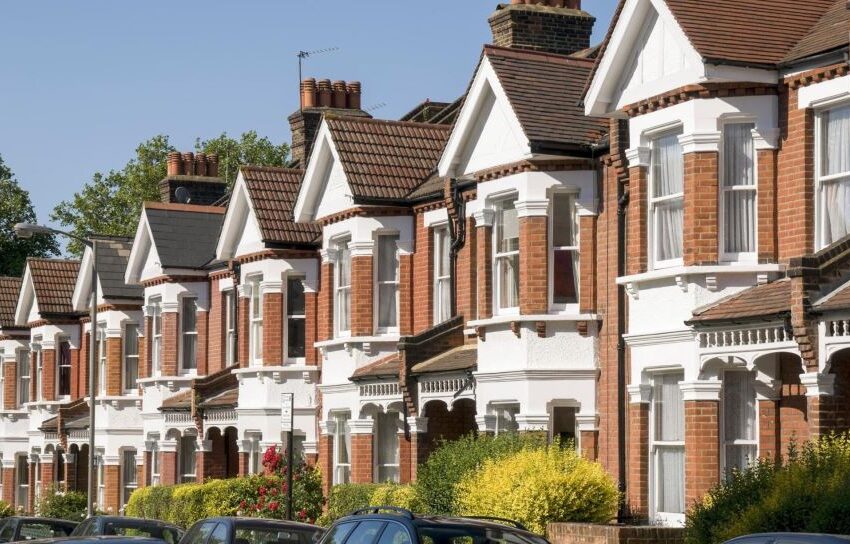
UK House Prices Increase 1.4% This Year So Far
The average UK house price has risen by 1.4% so far since the beginning of the year and is on track to be 2.5% higher over 2024. The annual rate of inflation in the UK house price index is lower at +0.5% as it includes price falls over the latter part of 2023.
This is attributed to a modest recovery in house price inflation is occurring due to rising numbers of new sales agreed, as well as buyers paying a greater proportion of the asking price. The average house price in the UK is $352,310 as of July 2024.
Over the last decade, house price falls have only occurred during Q4 of 2022, Q3 of 2022, and Q4 of 2022. These falls were all in response to higher mortgage rates. This year has seen a return to low rates of house price inflation, albeit slowing in the last three months.
All key measures of sales market activity are higher than they were in 2023. This has largely been supported by economic growth and rising consumer confidence, property website Zoopla said in its latest analysis, which was published on Wednesday.
There is sufficient buyer demand, which is 20% higher than this time last year, to support rising sales volumes. The number of sales agreed rising by 23% is a truer reflection of the health of the sales market which remains on track for 10% more sales than 2023.
Additionally, new sales agreed are almost a quarter higher, building on the increased momentum in sales from earlier in the year. Mortgage rates have fallen to an average of 4.5% for a 5-year fixed rate at 75% loan-to-value.
Sellers continue to bring homes to market at an above-average rate. Many of these sellers are also buyers, which explains why the number of sales agreed continues to increase.
The stock of homes for sale continues to increase and now stands at a 7-year high of 33 homes per agent, giving buyers even more choice. A higher supply of homes will keep headline price inflation in check over 2024 and into 2025. Serious sellers must price realistically to agree a sale within a reasonable time.
Base Rate Slashed
The long-awaited cut in the base rate in August was welcome news for the wider economy and consumer sentiment, but it has had no material impact on levels of buyer demand compared to the underlying trend over recent weeks.
The real reason for buyer demand for homes is 20% higher than last year is down to a fall in demand over summer 2023, which was in response to the spike in mortgage rates.
“However, our data did register a modest increase in the number of new sales agreed in the days following the base rate reduction as wary buyers waited for a rate cut to agree a sale,” Zoopla said.
Increase Across UK
The improvement in house prices over the year-to-date is being felt across most areas of the country. Annual house price inflation ranges from -0.9% in the east of England to +5.1% in Northern Ireland.
Price inflation has turned positive in London (+0.2%), while prices are seeing small falls in the South East (of England), South West (of England) and East Midlands.
There remain pockets of the country where house prices continue to see small falls on both a quarterly and annual basis. This includes Taunton (-2%), Dartford (-1.3%), Enfield (-1.1%) and Harrogate (-1%).
However, house prices were above-average annual gains in more affordable housing markets, which are often in proximity to larger cities. This includes Wolverhampton (3%), Oldham (2.8%) and Wakefield (2.7%).
Across the Scottish borders, house prices are rising even faster, from Dumfries and Galloway (4.4%) to Galashiels (3.1%), as well as in the Falkirk postal area (3.1%), Zoopla’s analysis showed.













